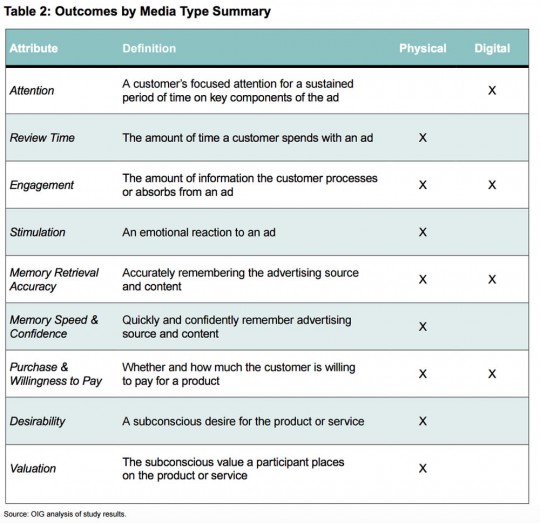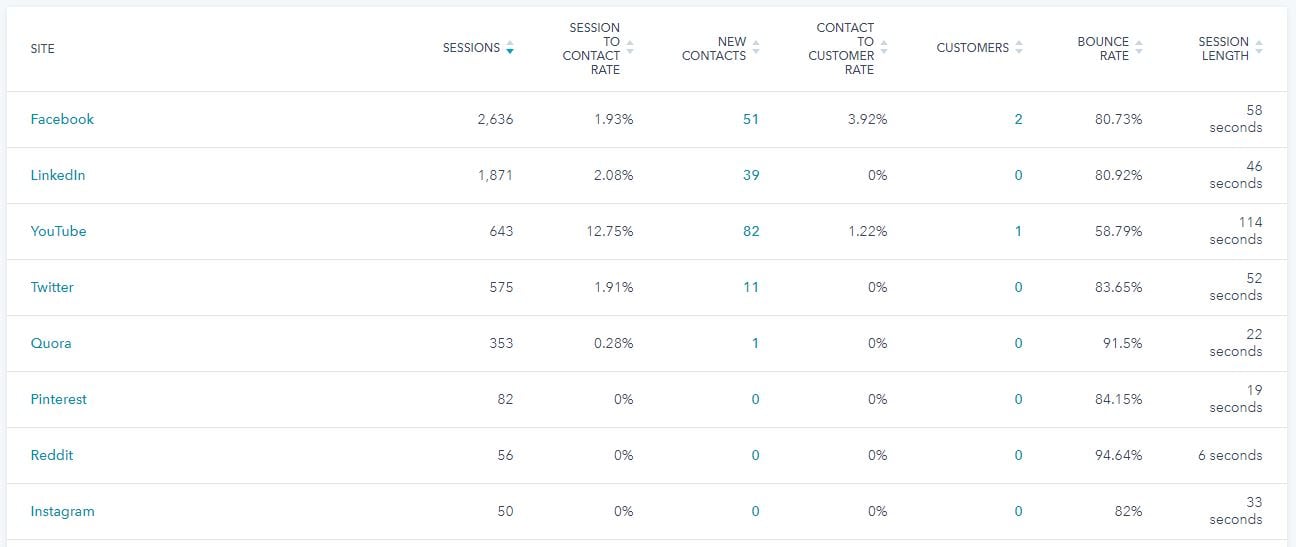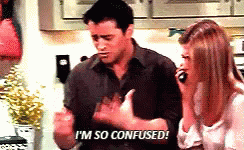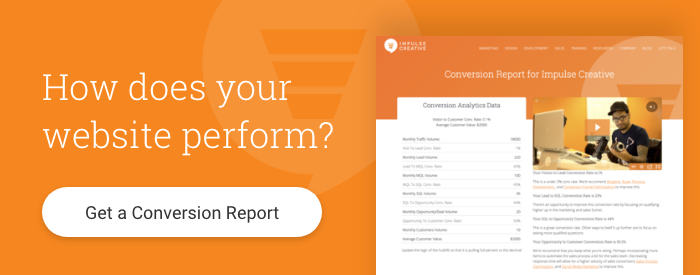When was the last time you used a printed flier to make a buying decision?
We’ve traded phone books for Google. Or WhitePages.com.
Instead of printed invitations we spin up a Facebook event and invite people right from our phones.
But how effective is all this digital messaging? Has it killed the old standby printed marketing and sales collateral?
The fact is, mobile phones, computers, the internet, texting and social media have changed the way we communicate. Especially with potential customers.
Of course, depending on your resource, opinions are mixed when it comes to what works (which is why marketers should always be testing!).
PRINT: Neuromarketing.com says print wins the marketing battle.
DIGITAL: According to the Washington Post, advertisers are betting on digital rather than print (and TV) for the first time ever in 2019.
PRINT: Relevance Content Promotion News & Insights says print still matters.
DIGITAL: A mobile special or offer is 10 times more likely to be used than the same offer in print form. (Omni Core)
It’s all so confusing!
Here’s the thing: While we spend more and more time collectively on our devices, we’re still wired for that in-your-hand hard copy of information. Since the invention of the printing press, the printed word has been our most powerful motivator in marketing and sales.
Sure, we don’t need as many tri-fold brochures as we used to need, but a well-designed, well-placed postcard can still persuade. Research continues to show that content on paper affects our brains in different and more powerful ways.
Check out the research from the U.S. Postal Service on how printed content measures up to digital:

Here’s a breakdown of what this means:
- People process digital ads more quickly.
- Paper ads engaged viewers for longer.
- Preference? Nope! Respondents reported no preference for either medium.
- People absorbed about the same amount of information from both media.
- Longevity of message: A week later, people showed greater emotional response and memory for physical media ads.
- Physical ads cause more activity in brain areas associated with value and desire.
What About Digital?
One way that digital beats print is through video. Video marketing and advertising - and communications in general - can be extremely powerful.
Here’s a snapshot of our website traffic at impulse Creative. Our analytics tool HubSpot considers YouTube a social media, so here’s how it compares to other social media. It converts at a much greater rate, and even sends us customers!

As you can see, all we need to do is continue to dial up our content on YouTube - keeping it relevant and engaging - and we can increase the leads and customers. Video engages in a way print can’t.
Another way digital beats print is in our discovery and search habits. When consumers begin their purchasing journey, they start with mobile phones, voice search, and desktop search.
If you’re not working on your search rankings, you’re missing out on valuable opportunities to reach new customers.
Here’s the bottom line. One form of marketing isn’t always better than the other. Growth happens when you integrate the two, even crossing platforms within the medium you choose. Determining the context, the campaign, and your target audience - your ideal client profile and buyer persona - will help you identify how to split ad dollars between print and digital advertising.
As a B2B example, if you’re an IT brand working on growing your internet security business, you could employ several tactics:
- Create online content to help with search engine results
- Blog articles on solving for your buyer’s needs in IT
- Deep content like downloads or pillar pages with industry insights
- Landing pages with lead gen offers
- Create videos answering questions your ideal clients have
- These can live on YouTube, social media like LinkedIn and Facrbook, and in a video hosting service like Wistia, Vidyard or 23 for your website pages
- Launch a paid social media campaign reaching the exact demographic you’re looking for
- Use digital tools to find the people you want to speak with, sending targeted direct mail to their offices like a postcard
- A strategic and well-designed postcard is visual and easy to see as opposed to something in an envelope
- Direct mail could also include sending examples of work or other items related to your service/product to grab someone’s attention
- Put PR to work by contributing an article or interview to industry publications, both online and offline
- This should include podcast interviews on shows your ideal clients listen to
- Research your buyer persona to learn whether they’re Pandora fans or Spotify listeners, what music they may tend toward, and buy ads on those platforms
- Create printed sales collateral for your team that sets you apart
- This could be a brochure that includes a video message in a mini video screen
- This could include unique designs of printed material not used in your industry
- Create audio content yourself
- Industry podcasts
- Alexa briefs for Amazon
As you can see, a multifaceted approach to reaching an audience can include both print and digital.
Print isn’t dead. It’s merely evolved. Digital continues to grow as more people rely on mobile phones, voice search, social media and more for solving their needs. Working with a creative agency who can serve each marketing need and plan strategically for your growth is vital.
Want to know how your digital marketing and your website measure up? Find out with our conversion calculator below.
Punch photo by Pablo Rebolledo on Unsplash







